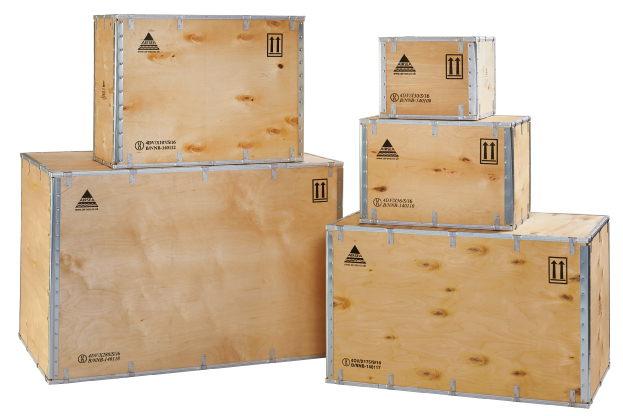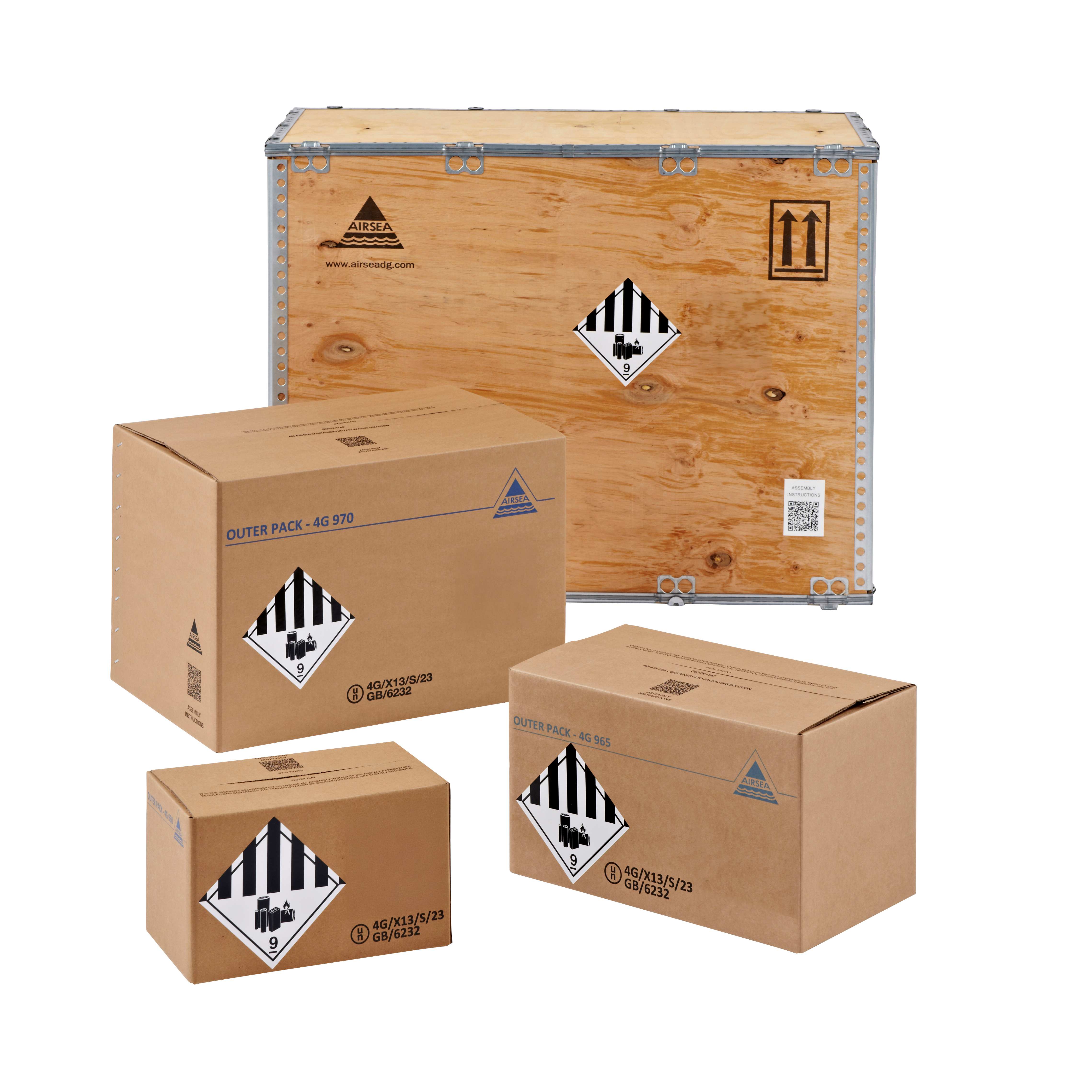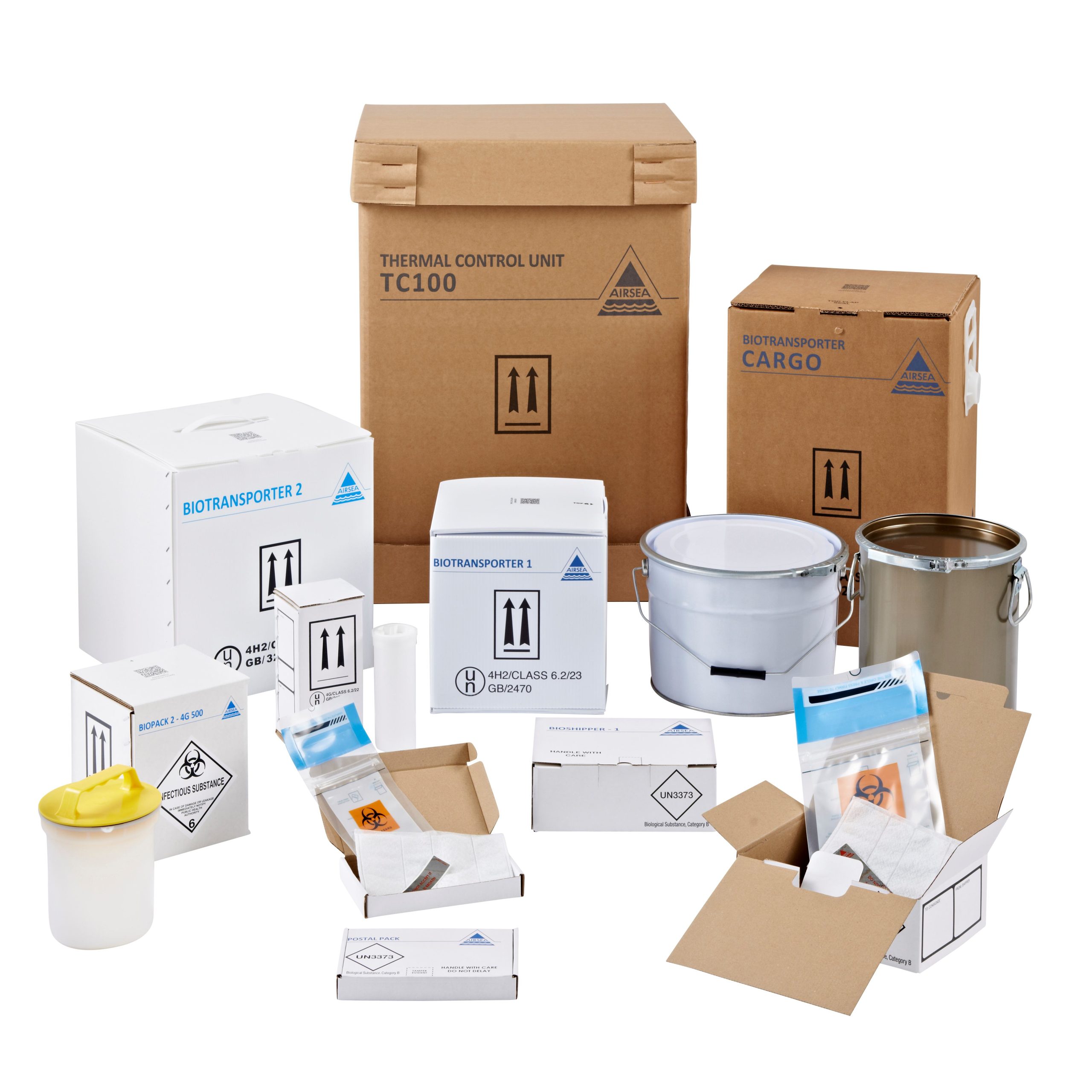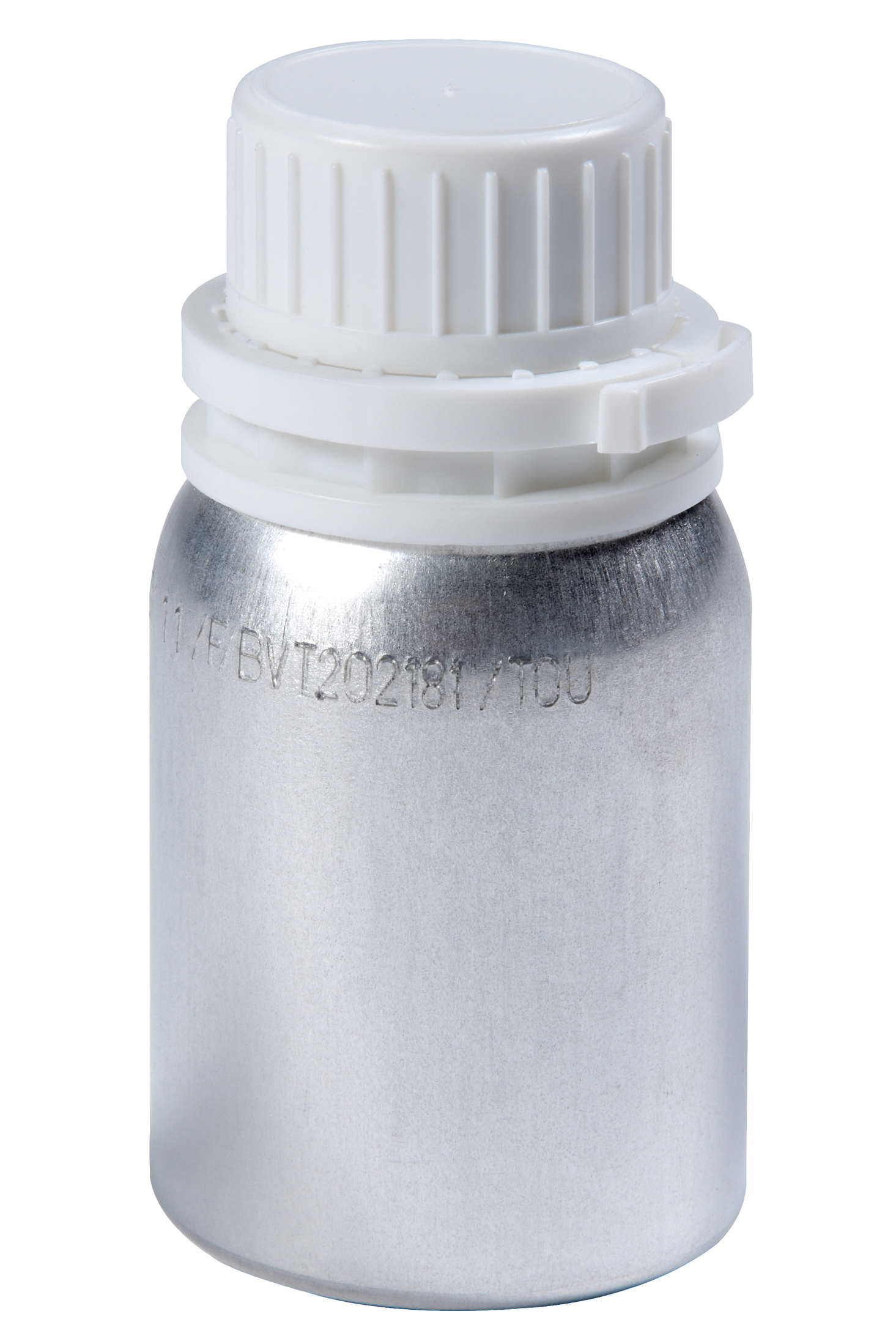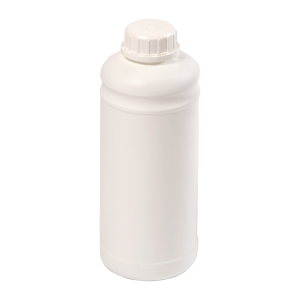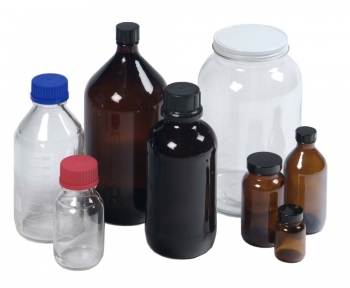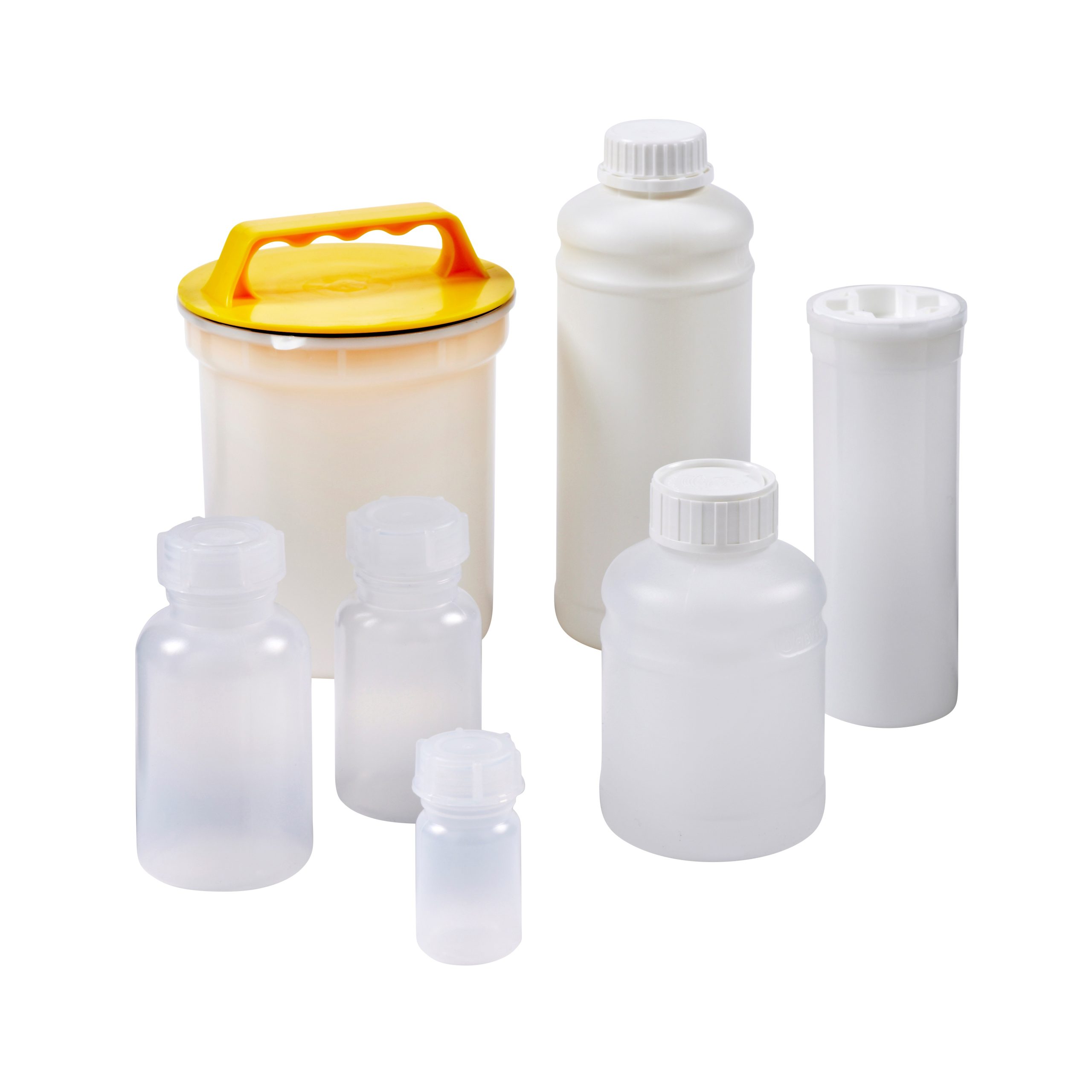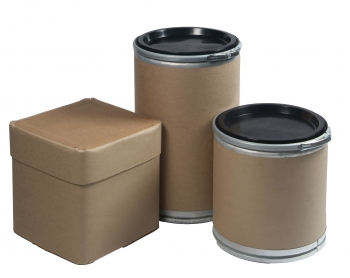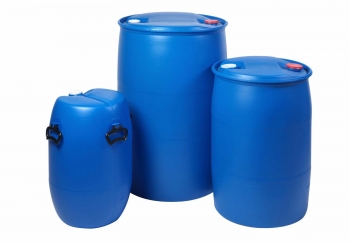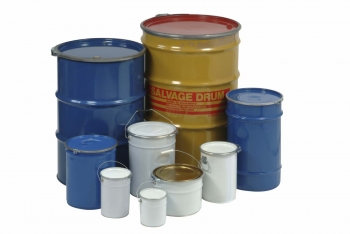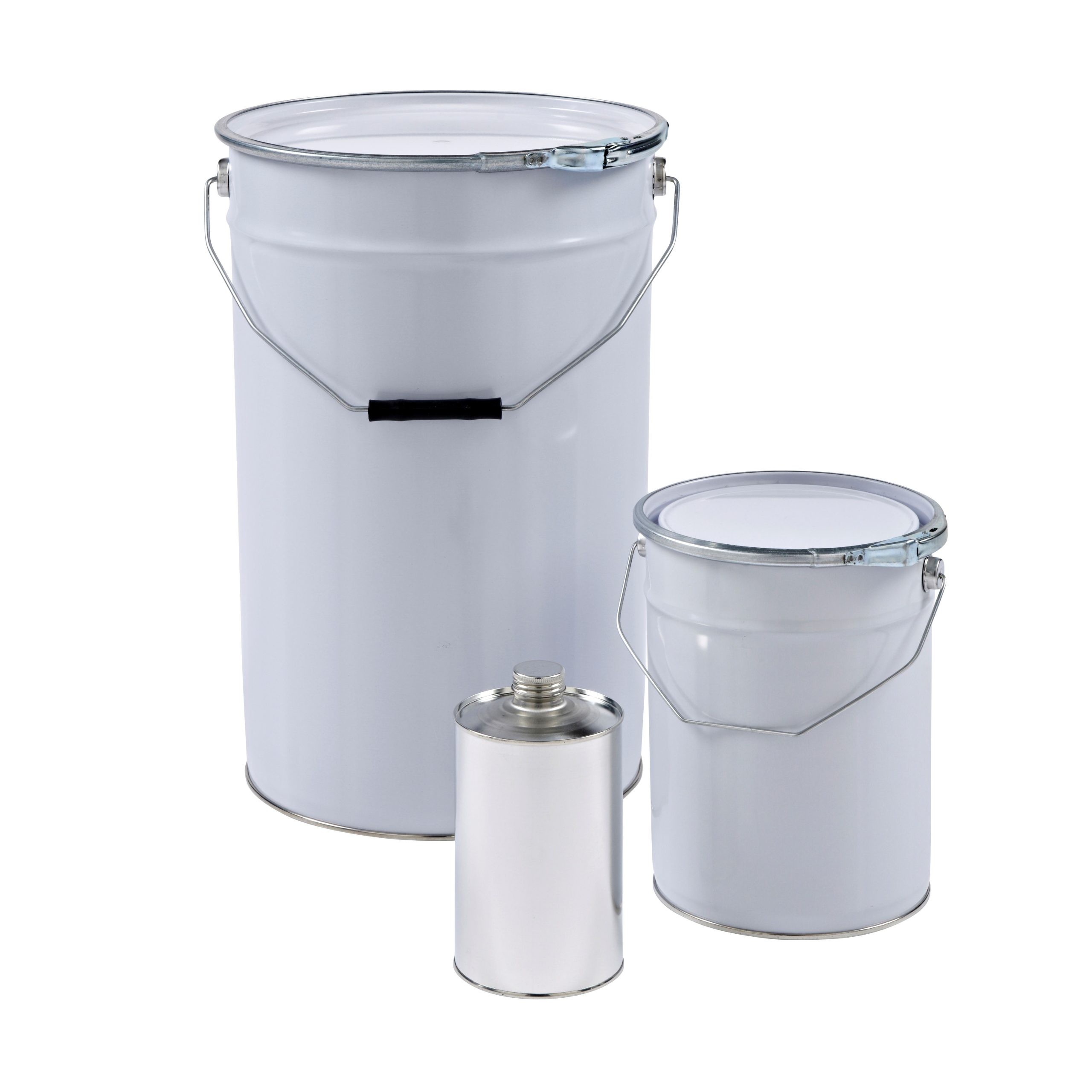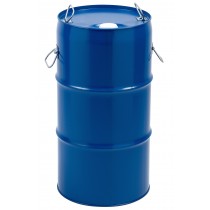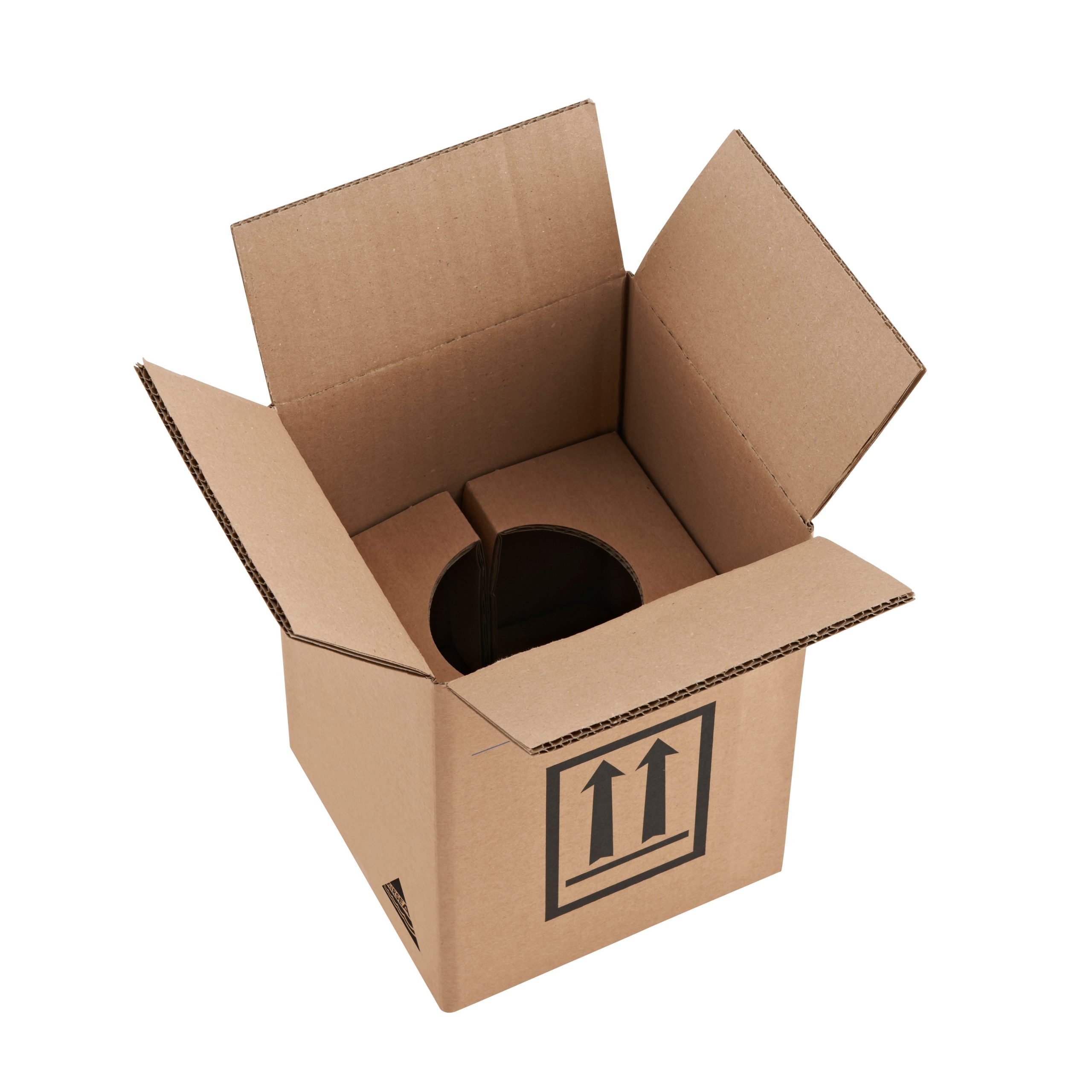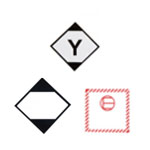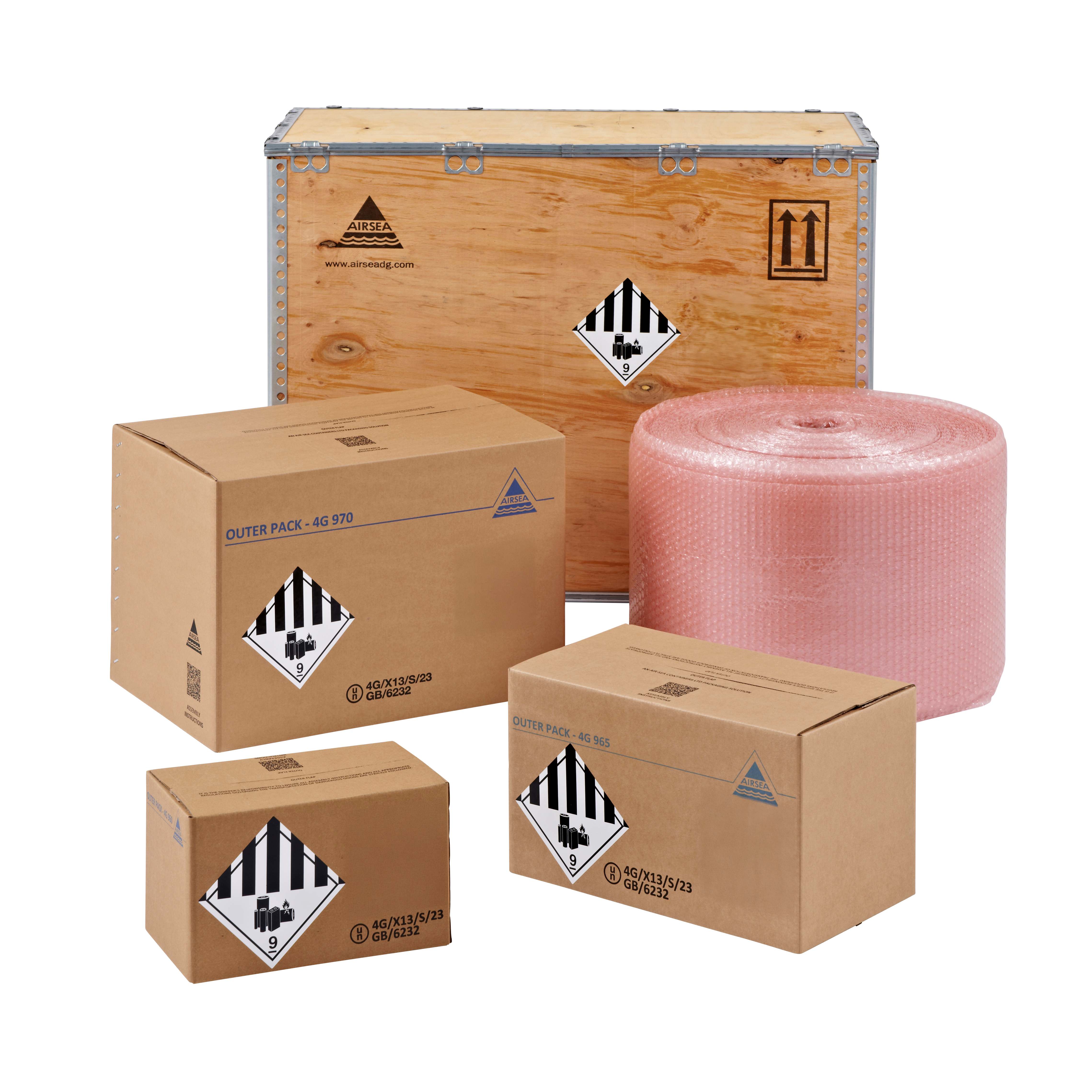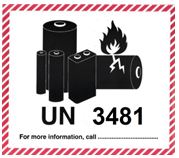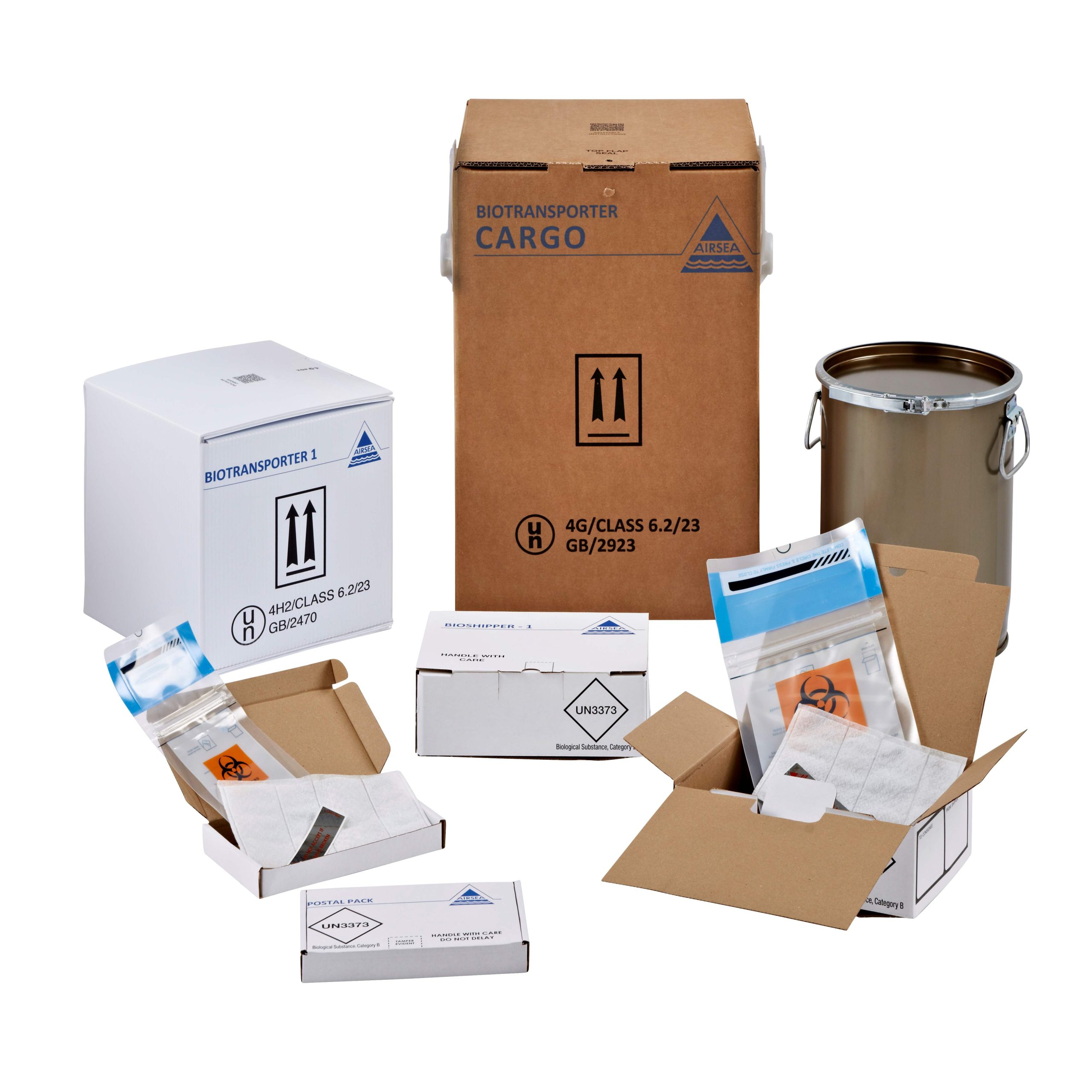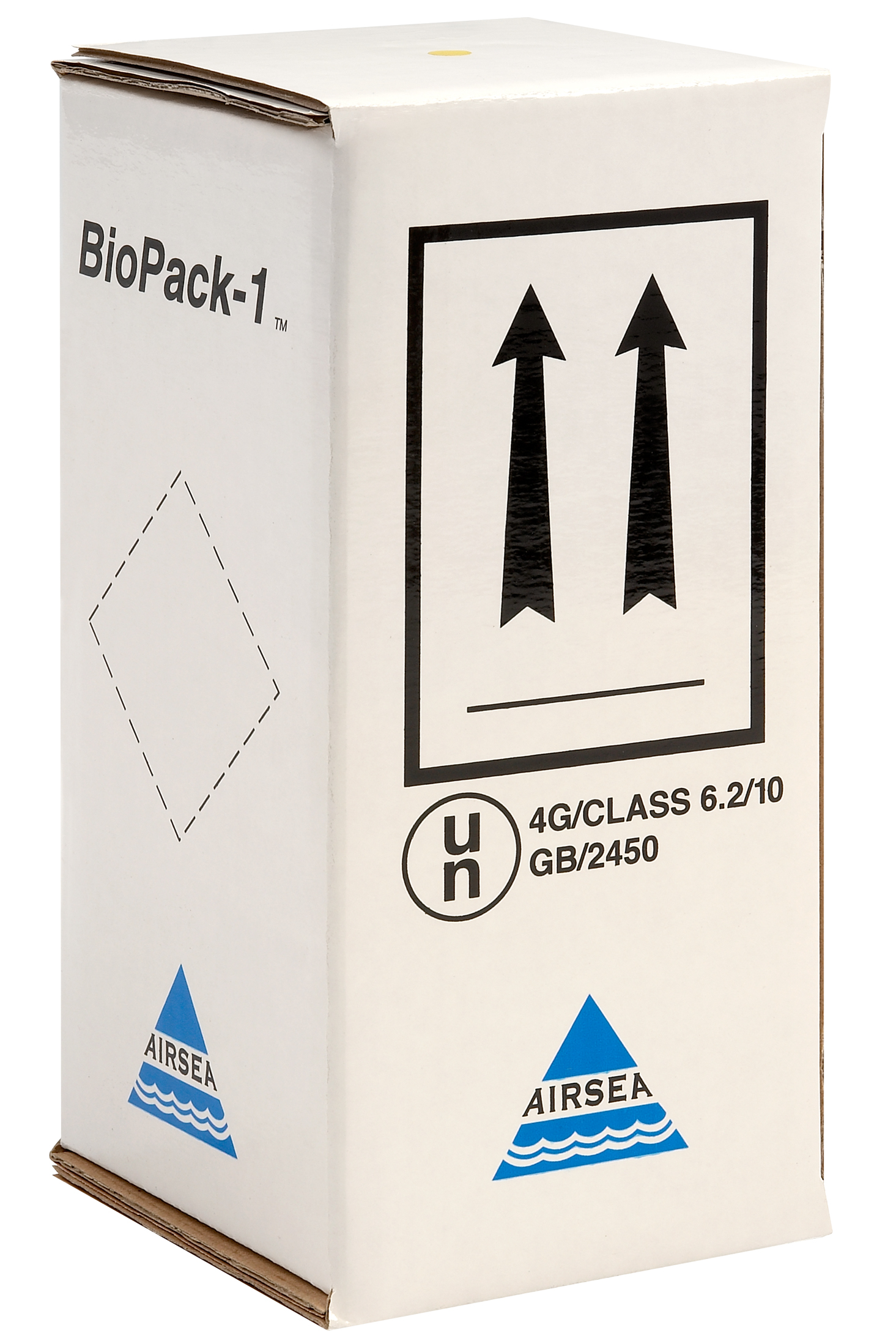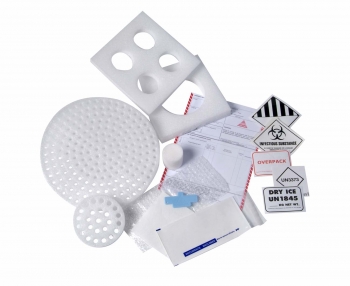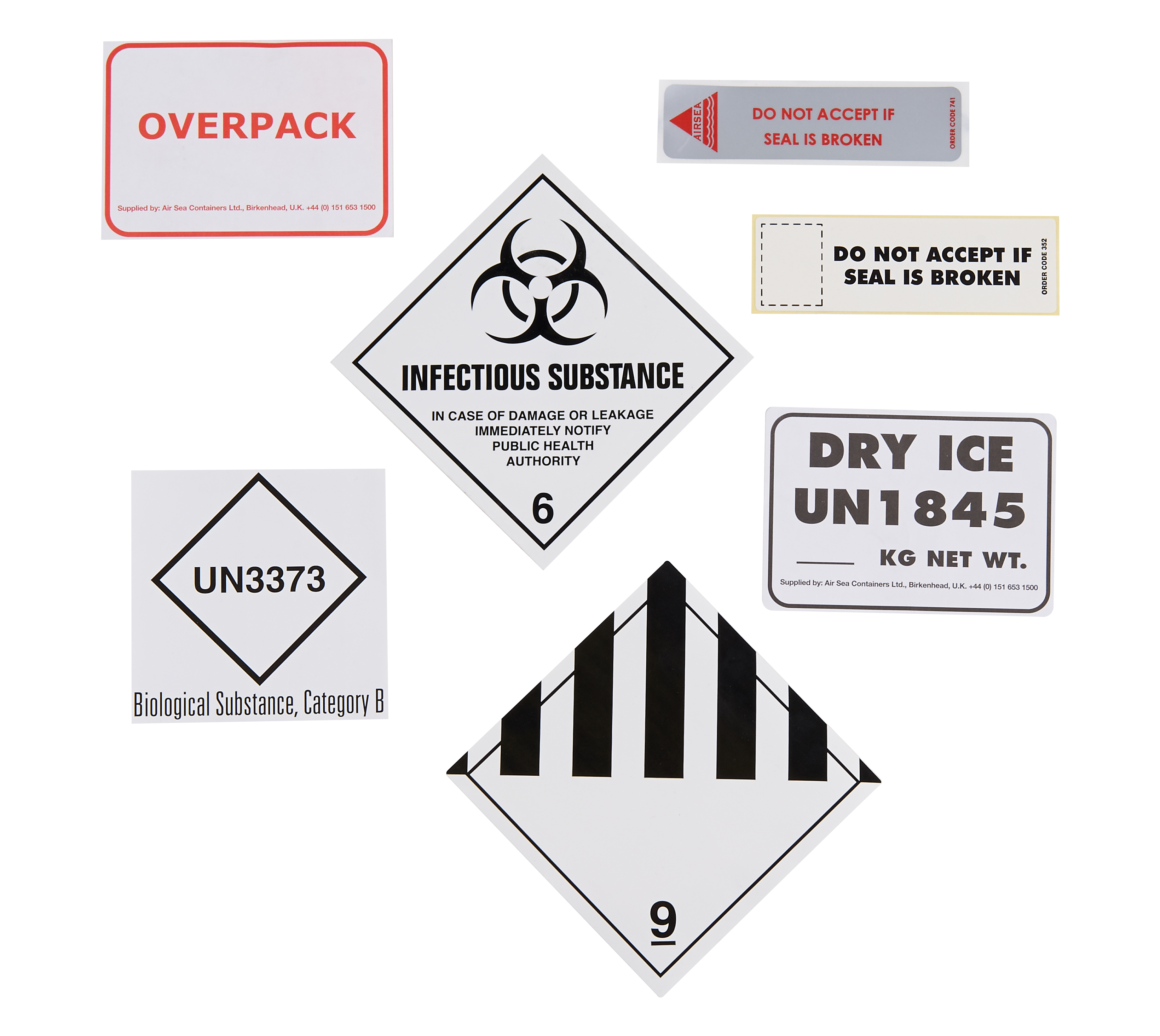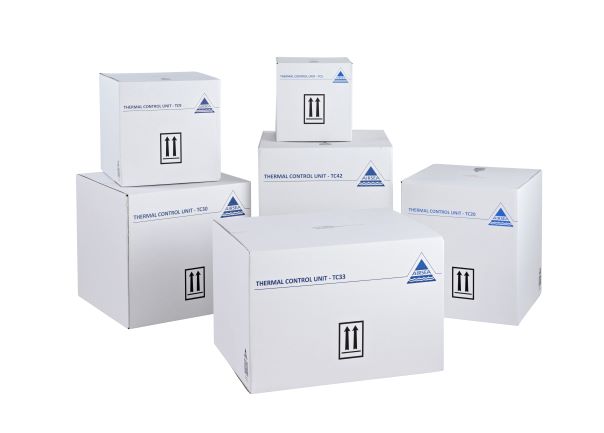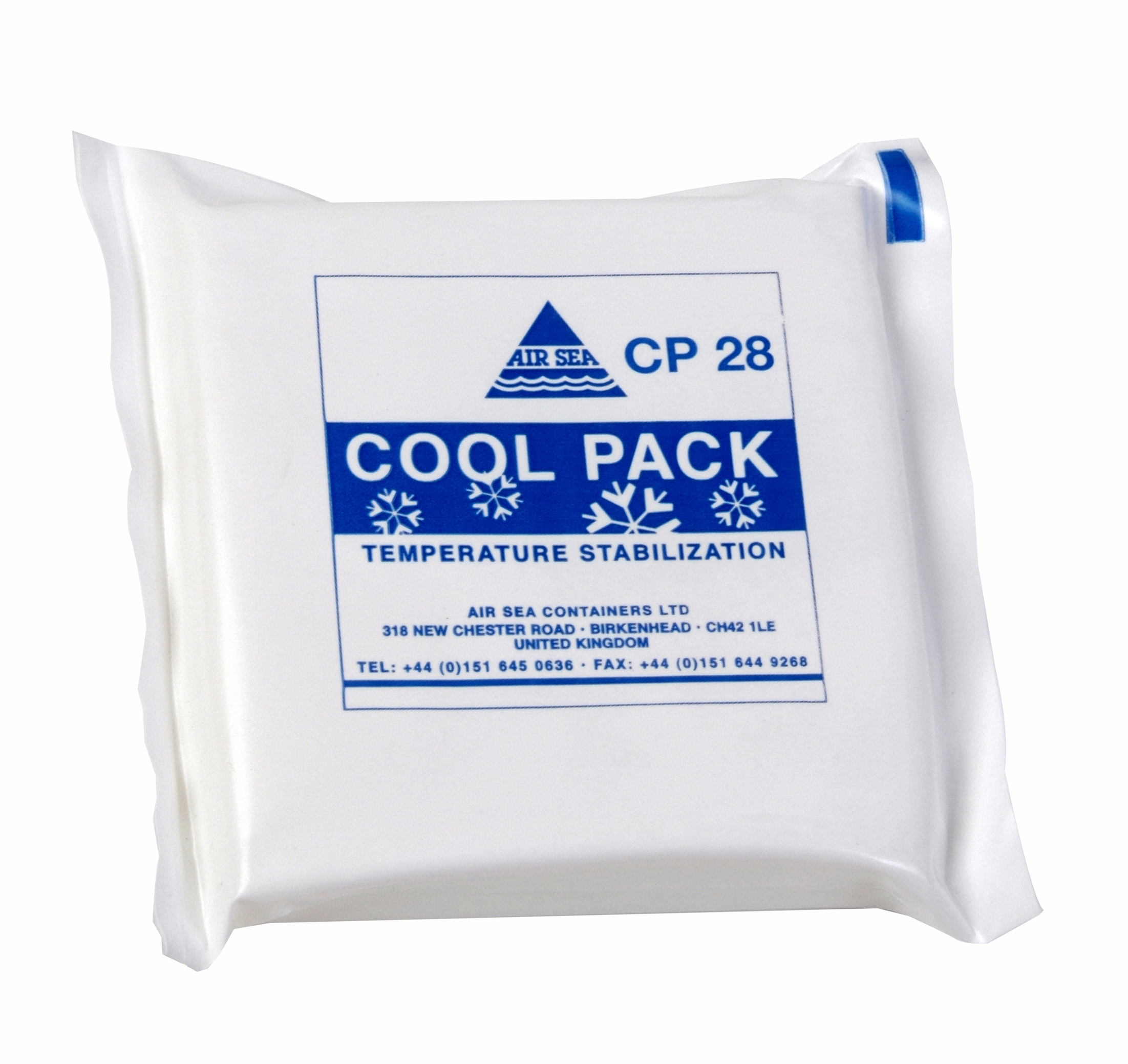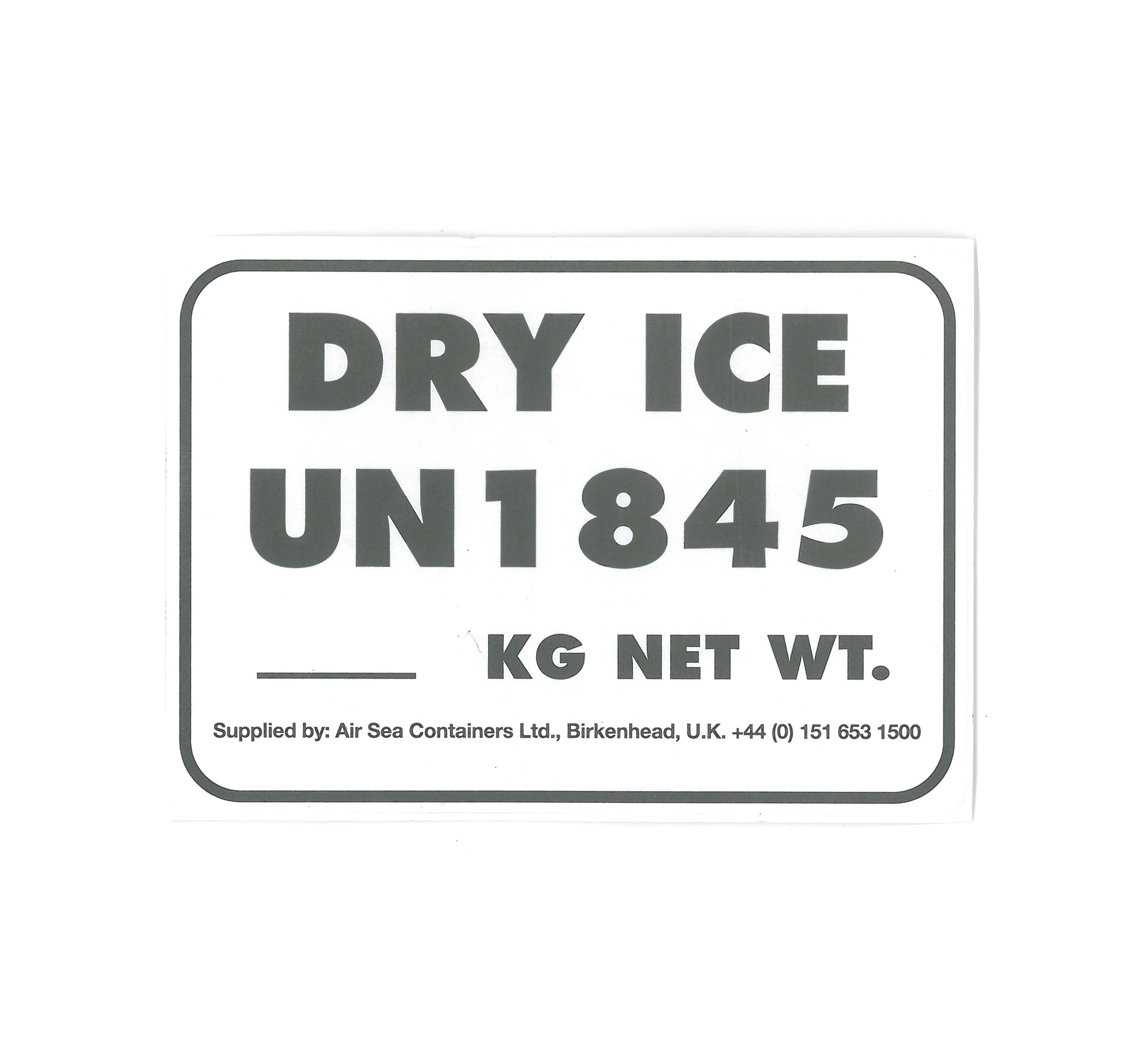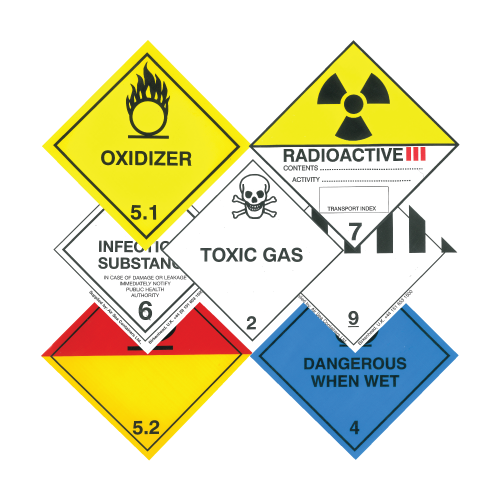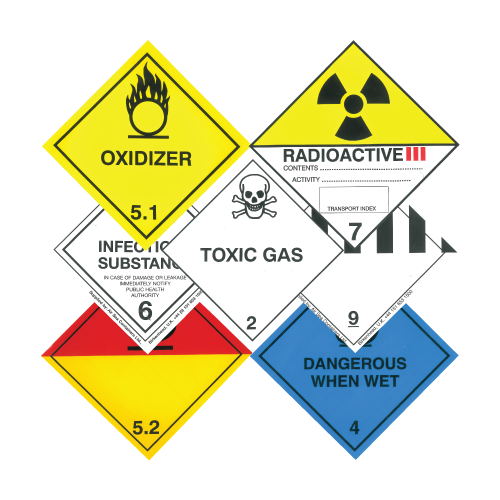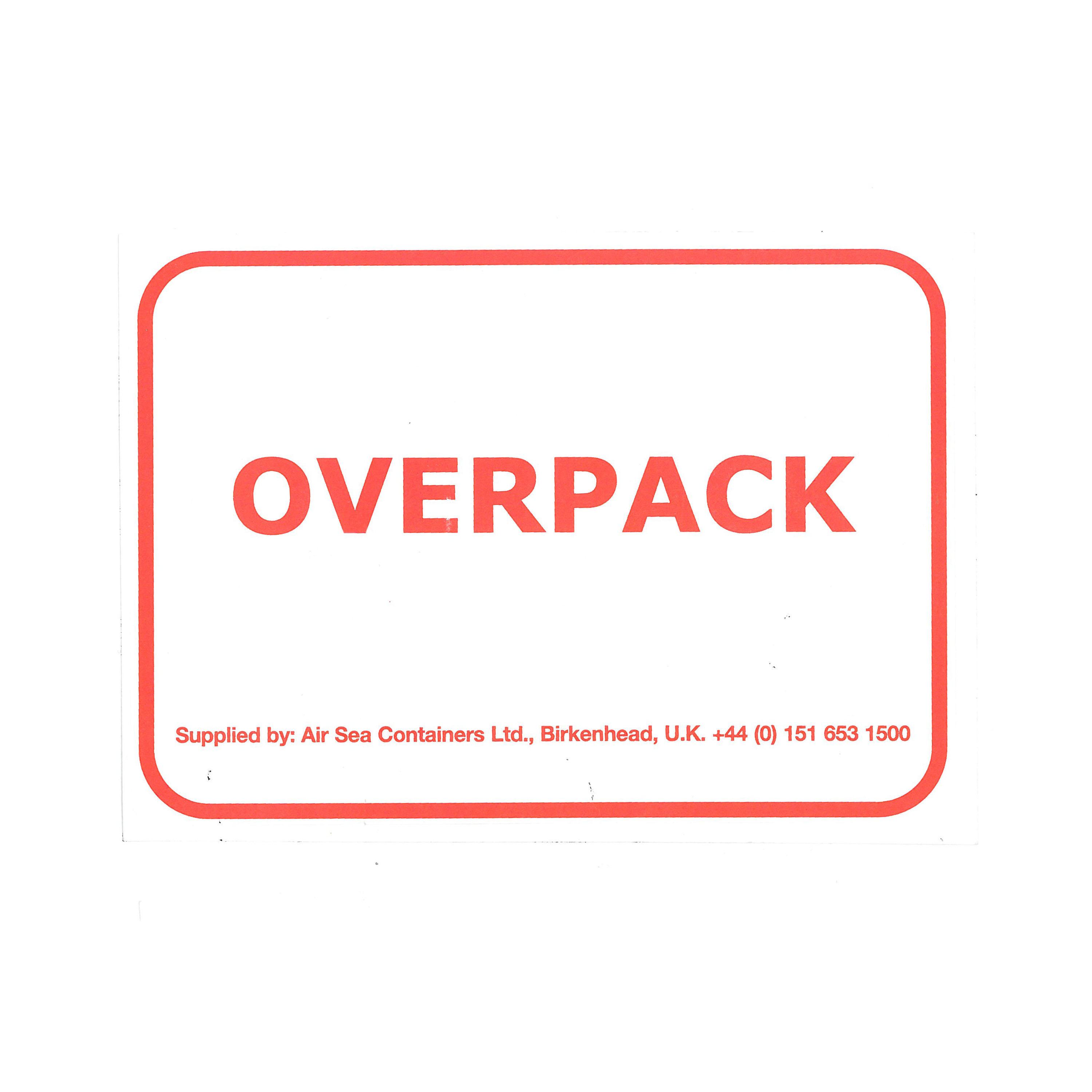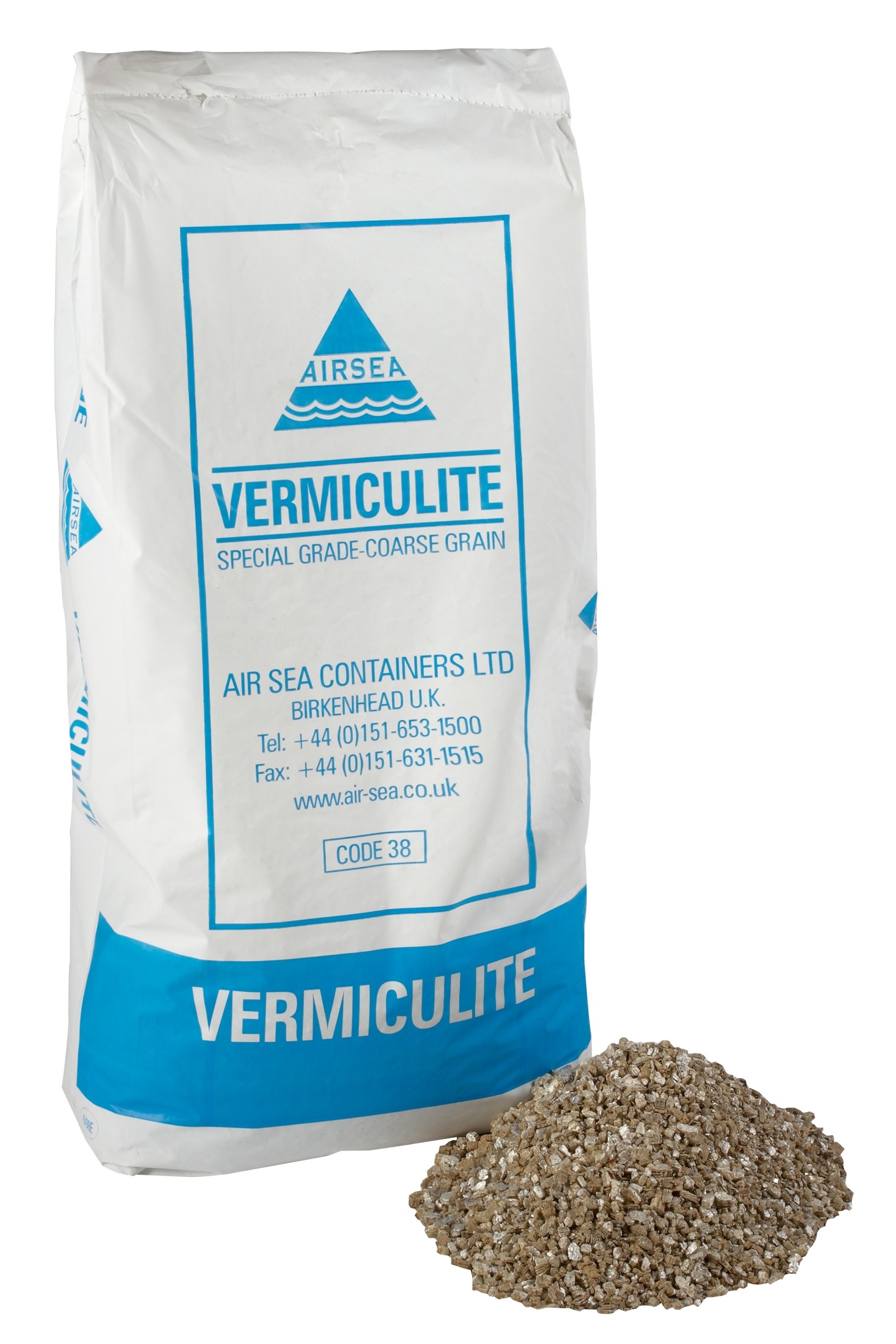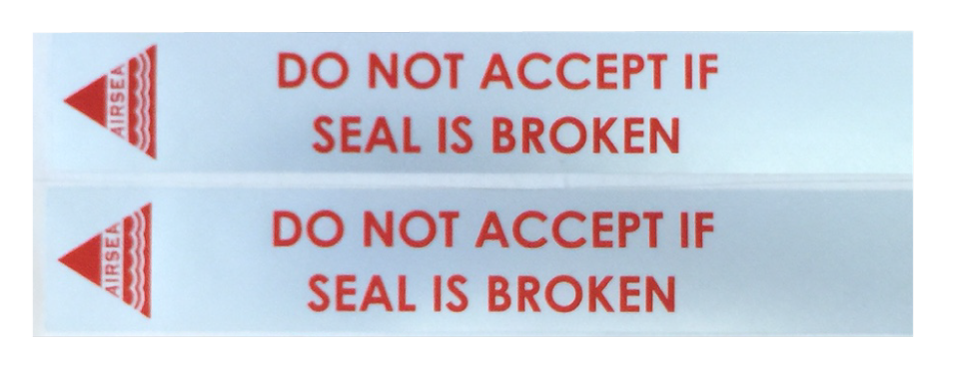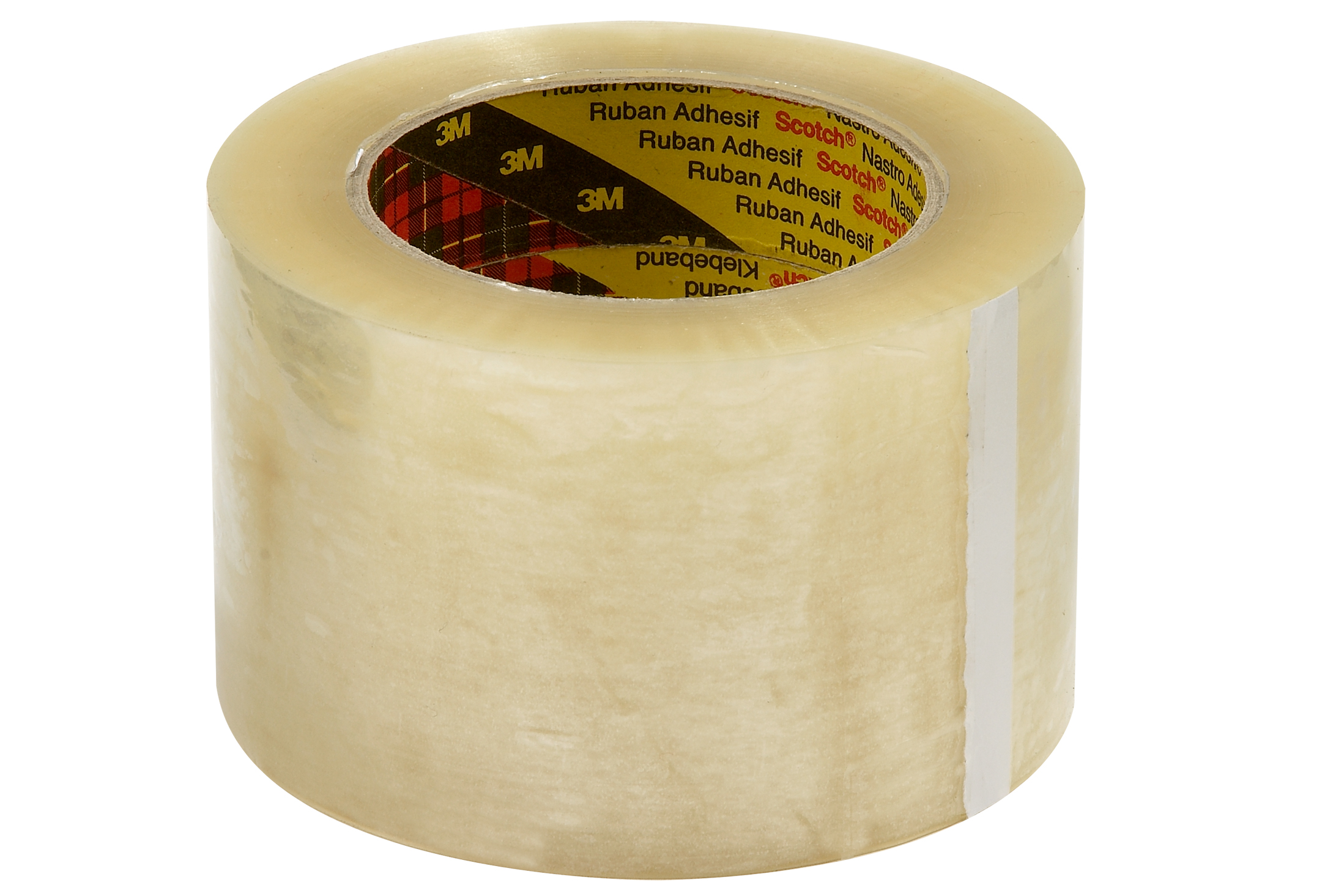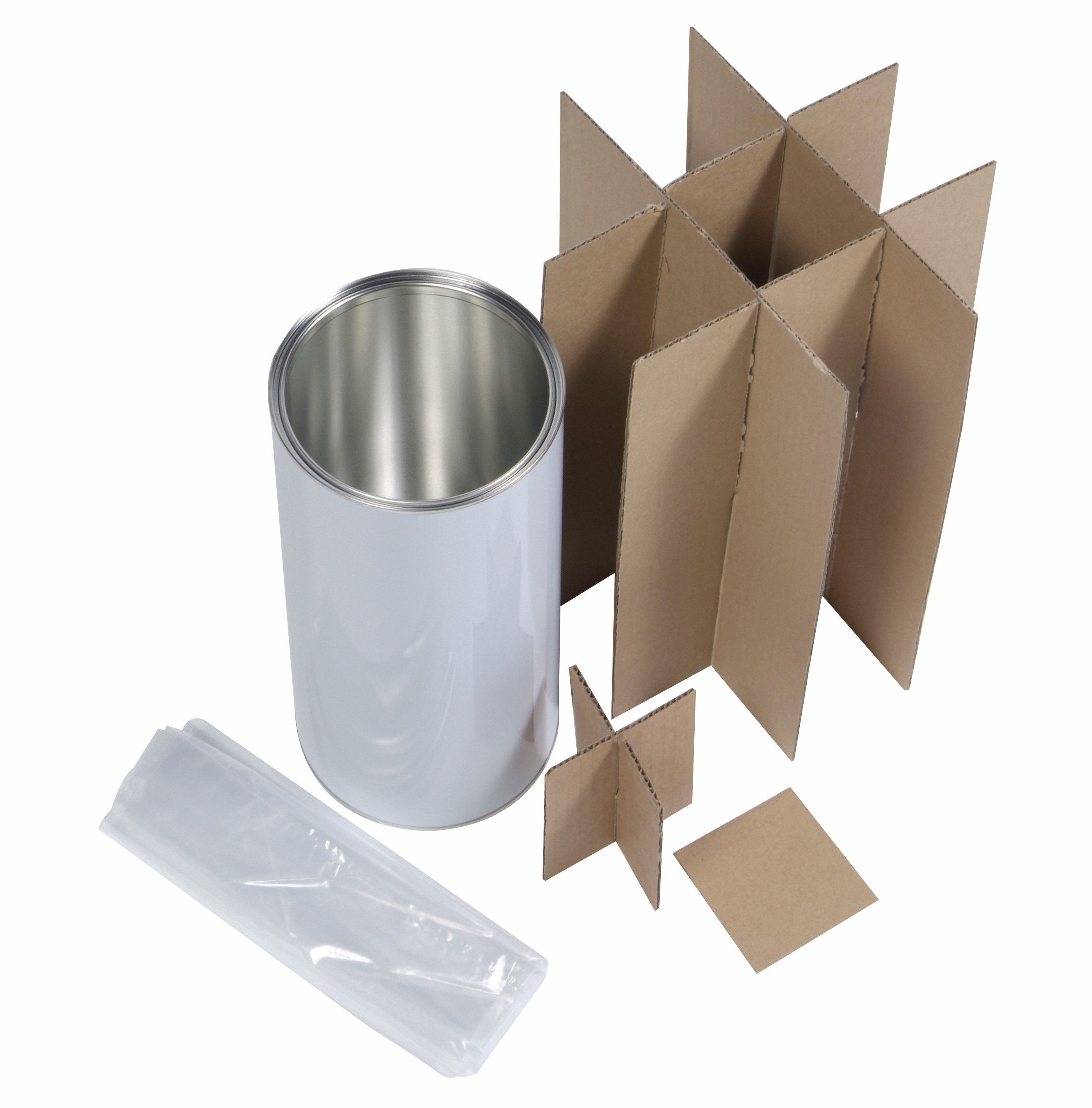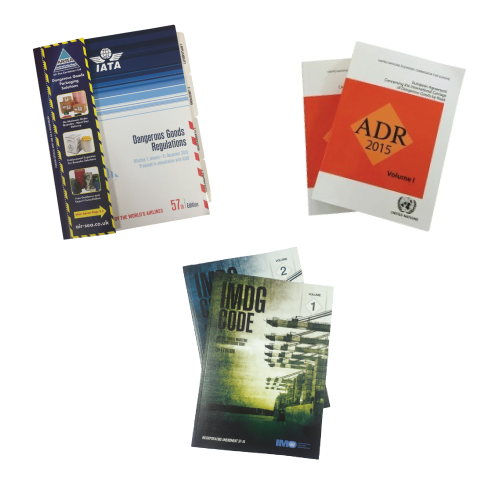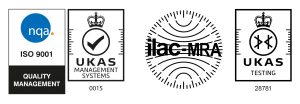What are dangerous goods?
Dangerous goods are defined as articles or substances which are capable of posing a hazard to health, safety, property or the environment and which are shown in the List of Dangerous Goods in model regulations.
The transport of such dangerous goods is subject to strict regulations, it is the shipper’s responsibility to ensure that such regulations are adhered to and packaging requirements are met when transporting dangerous goods by air, sea, rail and road.
What dangerous goods transport regulations exist and what are they used for?
Dangerous goods regulations are applicable to anybody shipping dangerous goods by air, sea and land. Here we explain a number of regulations and their usages.
UNECE/ECOSOC Bodies
The United Nations Economic Commission for Europe (UNECE) is one of the five United Nations regional commissions, administered by the Economic and Social Council. UNECE provides a multilateral platform for policy dialogue, the development of international legal instruments, norms and standards, the exchange of best practices and economic and technical expertise as well as technical cooperation for countries with economies in transition. The ECOSOC was set up to elaborate recommendations on the transport of dangerous goods.
The United Nations “Recommendations on the Transport of Dangerous Goods, Model Regulations” and the “Globally Harmonized System of Classification and Labelling of Chemicals” (GHS) are developed by the ECOSOC “Committee of Experts on the Transport of Dangerous Goods and the Globally Harmonized System of Classification and Labelling of Chemicals” to which UNECE provides secretariat services. The recommendations of the Committee are applied worldwide.
UNECE also administers regional agreements for effective implementation of these mechanisms for road, rail and inland waterways transport of dangerous goods.
Here you can find an overview of dangerous goods publications from UNECE.
UN Recommendations on the Transport of Dangerous Goods Model Regulations
These Recommendations have been developed by the United Nations Economic and Social Council’s Committee of Experts on the Transport of Dangerous Goods. The Model Regulations aim to deliver a basic scheme of provisions that will allow uniform development of national and international regulations governing the various modes of transport. They are designed however to remain flexible enough to accommodate any special requirements that might have to be met. It is expected that governments, intergovernmental organisations and other international organisations, when revising or developing regulations for which they are responsible, will conform to the principles laid down in these Model Regulations, contributing to worldwide harmonization in this field.
These regulations are updated every two years.
GHS
The Globally Harmonized System of Classification and Labelling of Chemicals (GHS, also known as the purple book) addresses classification of chemicals by types of hazard and proposes harmonized hazard communication elements, including labels and safety data sheets. It has been designed to be used alongside the UN Transport of Dangerous Goods Model Regulations, which the various relevant transport regulations adopt into legal frameworks such as ADR, IMDG and ICAO.
These regulations are updated every two years.
Regulations for shipping dangerous goods by Air
ICAO
The International Civil Aviation Organisation (ICAO) develops policies and standards, through activities and the cooperation of its Member States and Stakeholders. ICAO uses the UN Recommendations to develop regulations the “technical instructions for the safe transport of dangerous goods by air”.
These regulations are updated every two years.
IATA
The IATA dangerous goods regulations, are produced in consultation with ICAO. They constitute a manual of industry carrier regulations, to be followed by all IATA member airlines, they are based on the requirements of “Annex 18” and the “technical instructions for the safe transport of dangerous goods by air” regulations. Shippers will commonly refer to these regulations when shipping via air.
These regulations are updated every year.
Regulations for shipping dangerous goods by Road or Rail
ADR
For those looking to ship dangerous goods by road, the regulatory body is the ADR. The Agreement concerning the International Carriage of Dangerous Goods by Road. The regulations are intended to increase the safety of international transport of dangerous goods by road. These regulations have been adopted by countries and their enforcement authorities worldwide. CFR 49 is the USA equivalent regulation for transporting Dangerous Good by road.
The structure is consistent with that of the United Nations Recommendations on the Transport of Dangerous Goods Model Regulations, the International Maritime Dangerous Goods Code, the Technical Instructions for the Safe Transport of Dangerous Goods by Air and the Regulations concerning the International Carriage of Dangerous Goods by Rail.
These regulations are updated every two years.
ADR Multilateral Agreements
Updates to ADR regulations are issued via Multilateral Agreements. These are where contracting parties may agree to authorise certain transport operations in their territories by temporary derogation from the requirements of ADR.
CDG
Within the UK there is also the Carriage of Dangerous Goods Regulations (CDG regs) these GB regulations cross refer almost totally to ADR and it is ADR that contains the detailed requirements.
RID
The provisions on the carriage of dangerous goods by rail are also harmonised with the provisions for road transport (ADR) and inland waterways transport (ADN).
These regulations are updated every two years.
Regulations for shipping dangerous goods by Sea
The International Maritime Dangerous Goods (IMDG) Code.
The IMDG Code was developed as an international code for the maritime transport of dangerous goods in packaged form, in order to enhance and harmonize the safe carriage of dangerous goods and to prevent pollution to the environment.
These regulations are updated every two years.
ADN
European Agreement concerning the international Carriage of Dangerous Goods by Inland Waterways. ADN contains provisions concerning dangerous substances and articles, provisions concerning the carriage in packages and in bulk on board inland navigation vessels or tank vessels.
These regulations are updated every two years.
Additional Regulations & Guidance
CFR Title 49
The Code of Federal Regulations (CFR) is the codification of the general and permanent regulations published in the Federal Register by the executive departments and agencies of the federal government of the United States. The CFR is divided into 50 titles that represent broad areas subject to federal regulation.
The Code of Federal Regulations Title 49 for Transportation governs the domestic transportation of hazardous materials for all forms of transportation to, from, and within the United States. This is the regulations used in the USA instead of the ADR.
IATA Lithium Batteries Guidance
IATA provide a useful guide to help shippers keep abreast of ever-changing regulations surrounding the transportation of lithium batteries by Air.
If you require any assistance on finding the correct packaging for your substance and mode of transport Air Sea Containers can help and provide free technical support on packaging requirements. Contact us today
Information published, 13th April 2022
Document last reviewed 05/02/2025
 UK
UK



